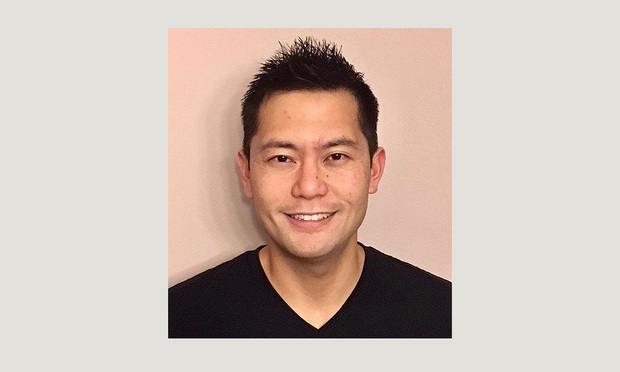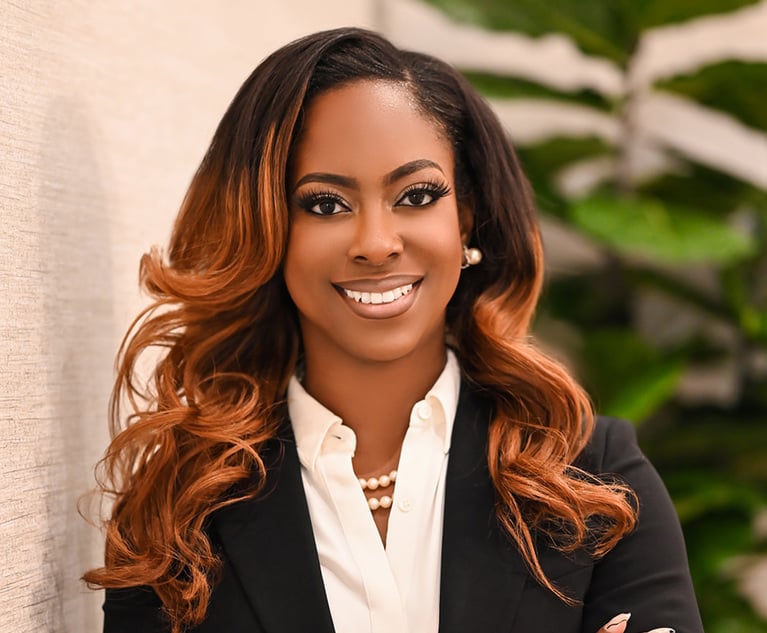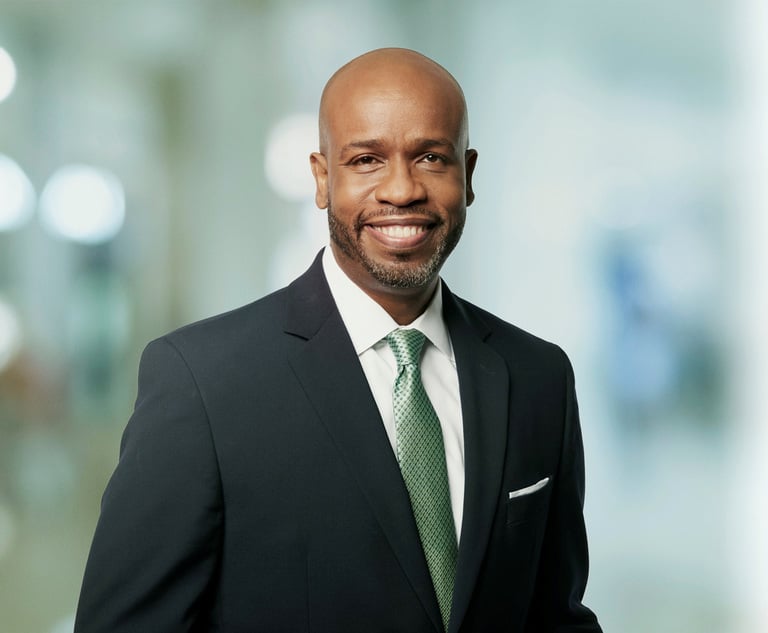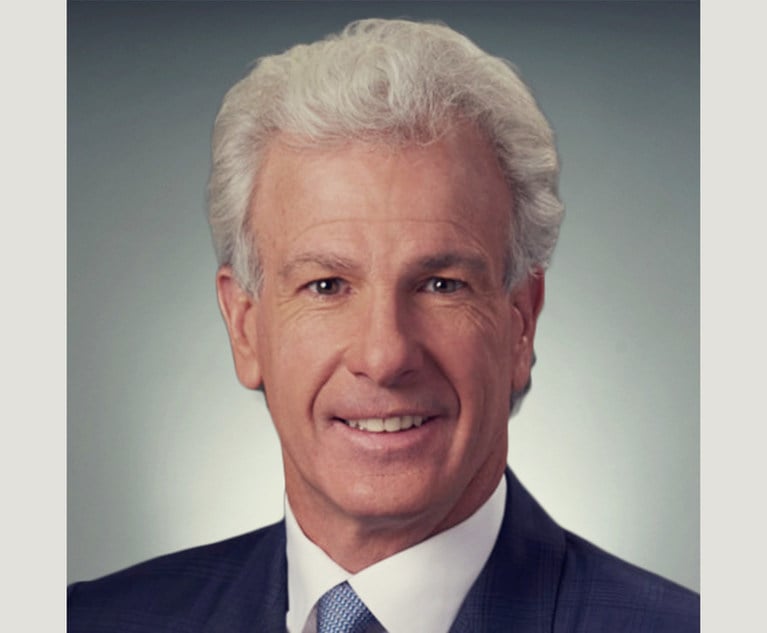I have a unique practice that affords me the opportunity to practice law and try cases throughout the United States. Just in the past five years, I have had jury trials in Fort Payne, Alabama; Brooklyn, New York; Riverside, California; Philadelphia; Pennsylvania; Tulsa, Oklahoma and Plattsburgh, New York. I have also mediated or appeared in cases in Washington, D.C.; Boston; Massachusetts; Houston, Texas; Baltimore, Maryland; Pensacola, Florida; Miami, Florida; Los Angeles, California; Denver, Colorado; Atlanta, Georgia; San Francisco; Seattle; Richmond, Virginia; Lubbock, Texas and Anchorage, Alaska. While there are pros and cons to my practice (the biggest con being that the transitory nature of my practice does not afford me the opportunity to form long-term relationships with members of the bar and the judiciary), my practice does give me an opportunity to appear in places and before people (juries, attorneys and judges) from different backgrounds (social economic, racial or otherwise (the biggest “otherwise” being Northerners versus Southerners), and as an extrovert, I do enjoy meeting new people.
Many people like to say, “the law is colorblind,” When I hear this, I (having had a retinal detachment in the past) like to refer them to a good ophthalmologist to get their eyes checked on. Anyone who has practiced the law in jurisdictions other than the one they grew up in, realizes that the practice of the law, and the world in general, is full of color and that people come in all sorts of shapes, races, ethnicities and genders. These are things that should not be overlooked to create an unrealistic utopian idea, rather these differences should be celebrated. That said, anyone who is not delusional also knows that these differences are not celebrated by everyone, and at some point, you will have people on your jury who will be tainted by explicit or implicit bias against you. As a trial lawyer, you have to be aware of this fact and how said biases may affect your case. Most of the time, when we think about race, gender, sexual orientation, etc., we think of it in terms of how our clients will be perceived. Rarely, mostly because our large egos do not allow us to see it, do we think about it in terms of how we are perceived by the jury. That said, as a 6’4” Asian American male, who has to sometimes try cases in areas where my presence literally increases the Asian American (sometimes general minority) population of a jurisdiction, I have become acutely aware of how a jury may perceive me.


 Will Sylianteng of Wes Litigation Group.
Will Sylianteng of Wes Litigation Group.




